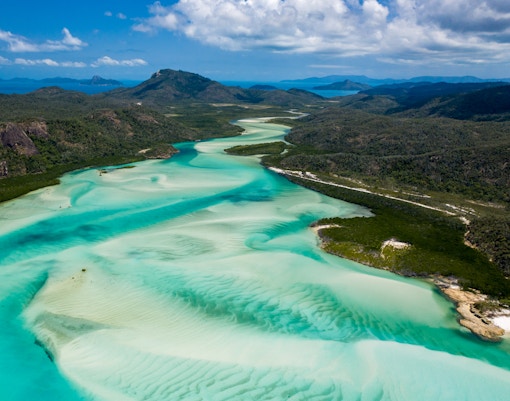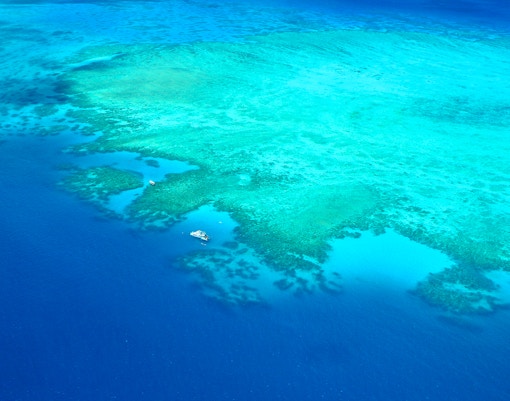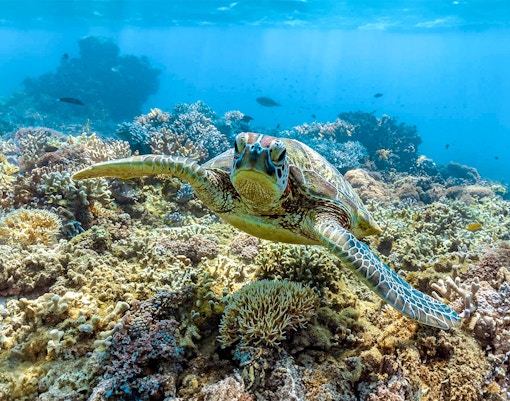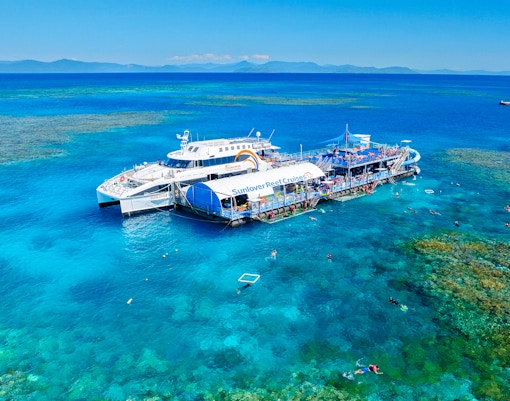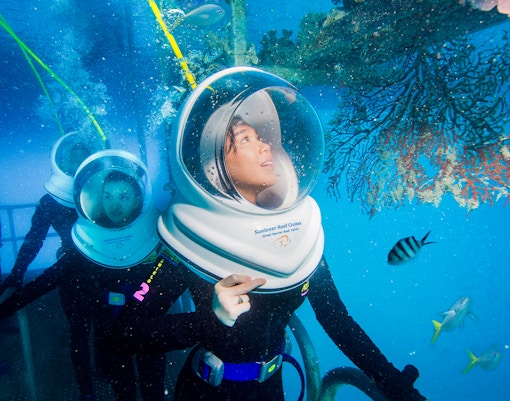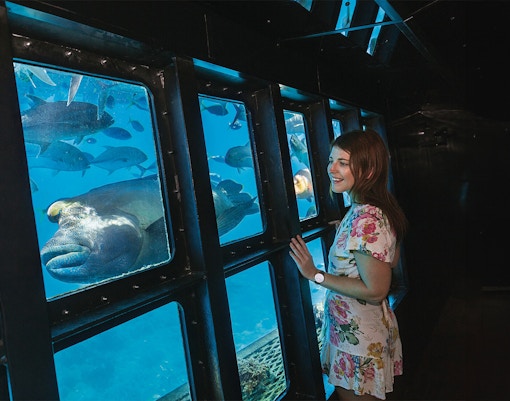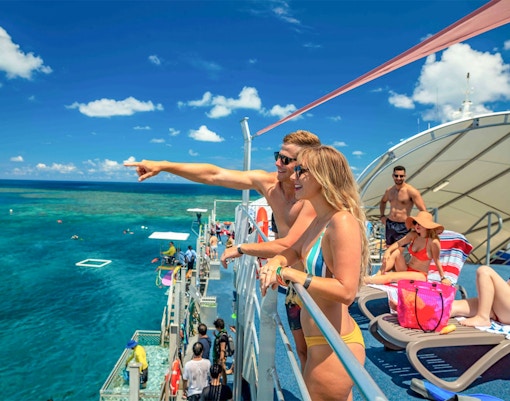Indigenous communities hold stories over 230 generations old, detailing reef formation, fishing areas, and sacred sites. Older than Western science, they still guide reef care today.
Why it matters: Indigenous ranger programs now play a major role in conservation.






